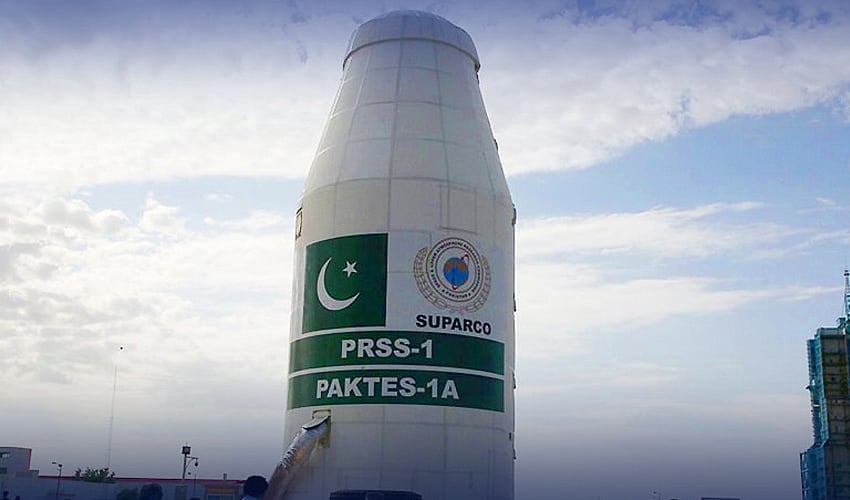Dubai: Pakistan is about to make a historic leap in space exploration.
The Space and Upper Atmosphere Research Commission (Suparco) has partnered with the China National Space Administration (CNSA), marking a groundbreaking moment in the country’s space journey.
A Memorandum of Understanding (MoU) signed on February 5, 2025, by President of Pakistan Asif Ali Zardari and the President of China Xi Jinping, sets the stage for Pakistan’s first indigenous lunar rover to land on the moon as part of China’s ambitious Chang’e-8 mission in 2028.
“Pakistan has made a significant leap in deep space exploration with the signing of a historic MoU between SUPARCO and the China National Space Administration (CNSA),” a SUPARCO press release said.
With this historic partnership, Pakistan is ready to leave its mark on the moon, playing a key role in shaping the future of lunar exploration, SUPARCO said in a statement.
Significant step
The Chang’e-8 mission, developed by CNSA, will focus on autonomous scientific exploration, lunar surface mapping, technology verification, and resource utilization on the moon. Pakistan’s participation is a significant step forward, not only for the country’s space program but also in contributing to the International Lunar Research Station (ILRS) initiative.
A giant leap for Pakistan's space capabilities
Suparco’s lunar rover, designed and developed entirely by Pakistani scientists and engineers, will be deployed to the moon’s south pole. This region is of immense scientific interest due to its unique environment and potential for future human exploration.
Equipped with advanced scientific payloads, including those developed by international teams of Chinese and European scientists, the rover is set to carry out groundbreaking research on the lunar surface, Geo TV reported.
The rover will be operated remotely from Earth, underscoring Pakistan’s growing technological prowess and its expanding role in global lunar exploration.
Key Scientific Goals
The rover’s mission will focus on several crucial objectives, including:
Analysing lunar soil composition for potential resource utilization.
Mapping the moon’s surface to facilitate future exploration missions.
Studying lunar emissions and plasma properties to assess the viability of human presence.
Testing cutting-edge technologies for long-term lunar operations.
National Space Program
The collaboration between Pakistan and China is a testament to their strong bilateral ties and shared vision for advancing space exploration. It also signals Pakistan’s commitment to enhancing its national space program and contributing to global scientific progress.
According to the statement, Pakistani scientists will operate the rover remotely from Earth, conducting studies on lunar soil composition, radiation levels, plasma properties, and testing new technologies for sustainable human presence on the Moon.
In May 2022, Pakistan had launched its first lunar satellite aboard China’s Chang’e-6 probe, which successfully landed on the Moon’s South Pole-Aitken Basin. The mission returned samples to Earth in June, making China the first to bring back samples from the Moon’s far side.
Sign up for the Daily Briefing
Get the latest news and updates straight to your inbox
Network Links
GN StoreDownload our app
© Al Nisr Publishing LLC 2025. All rights reserved.
